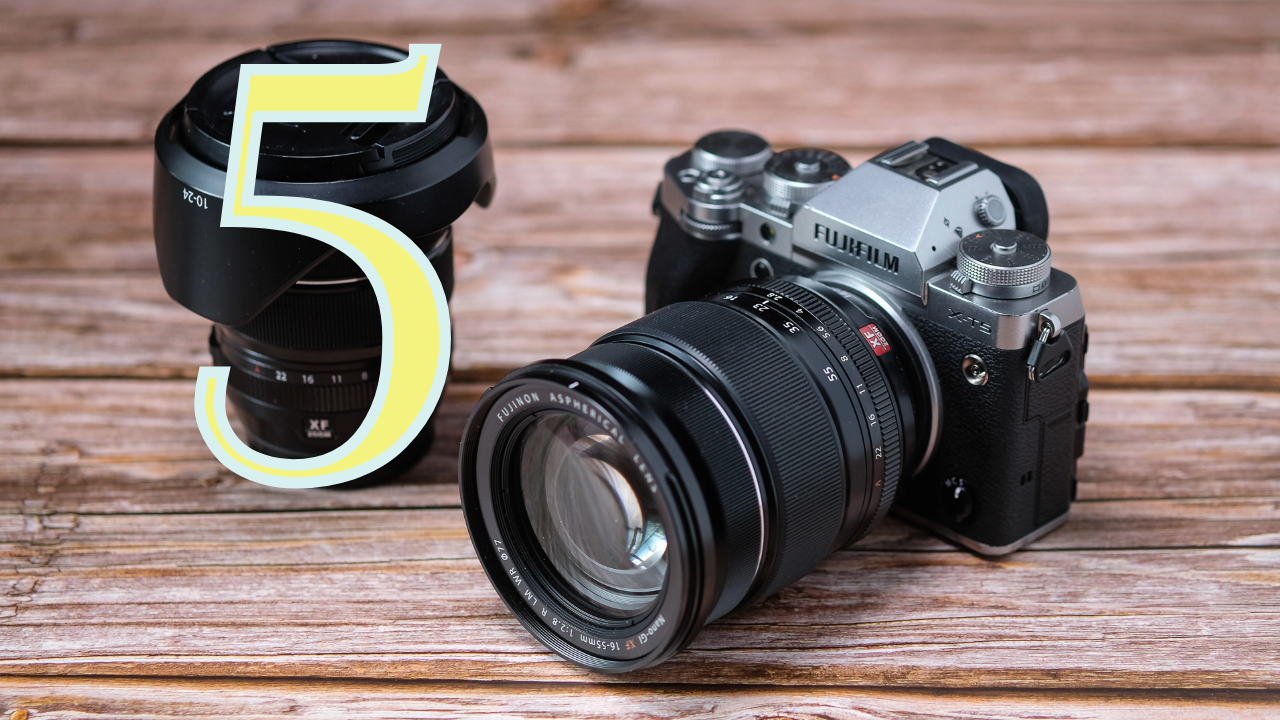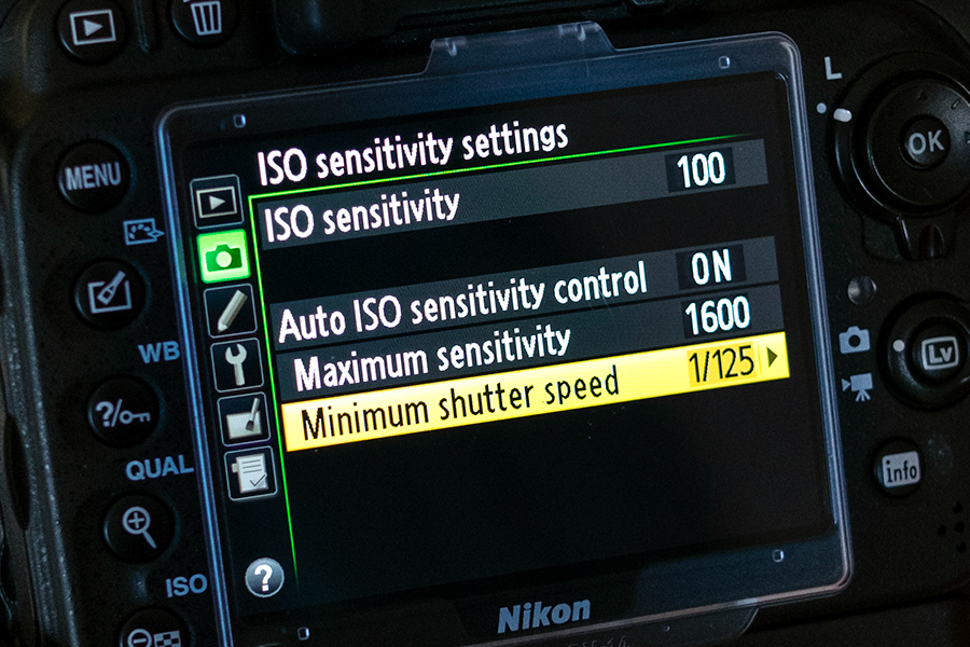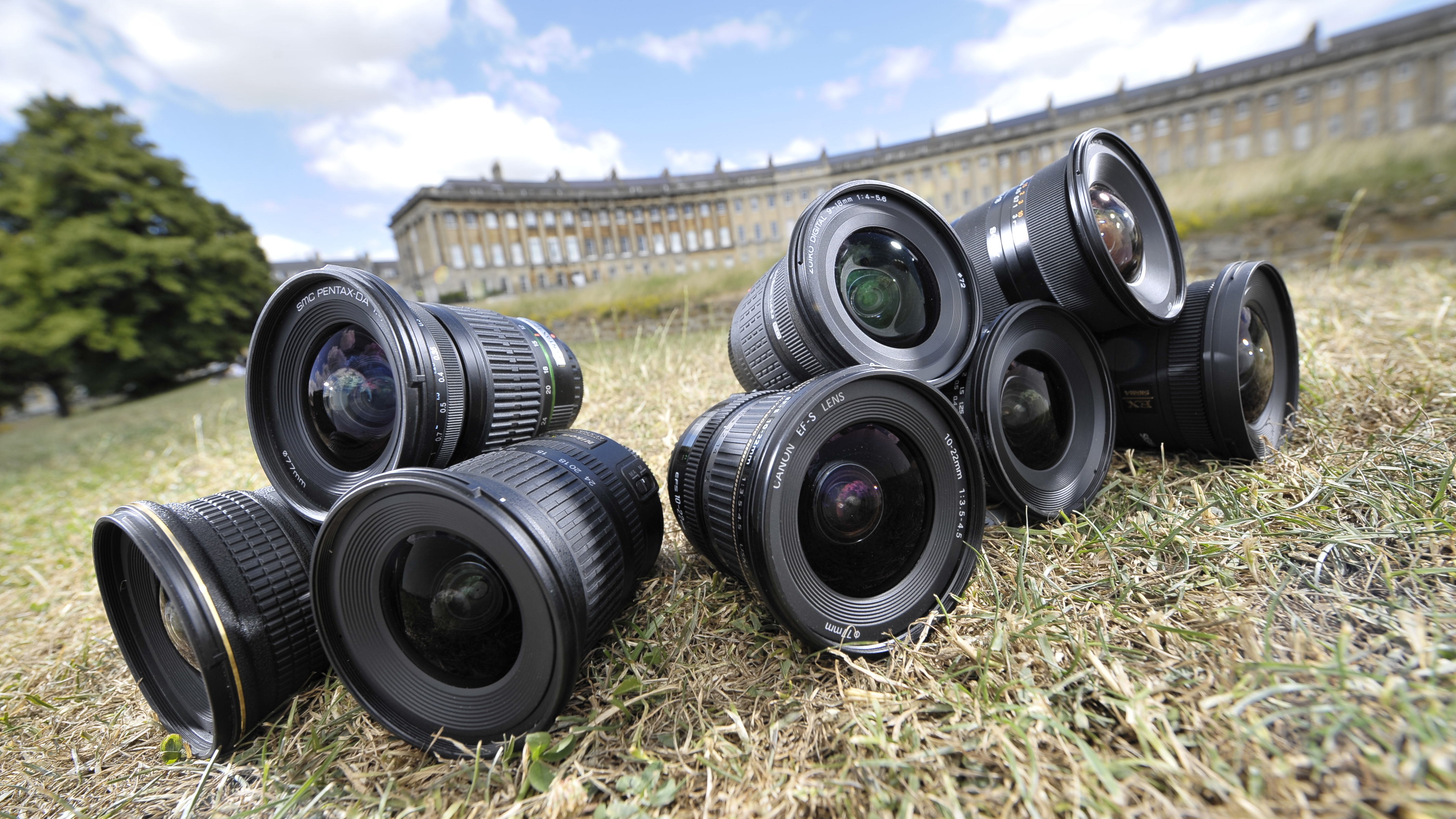
For a lot of people, their first camera is their phone. They take a lot of photos, so much so that they think about getting a dedicated camera. They ask friends and research online to pick one that suits them and their budget. They start shooting and realise that the photos don’t match those from the phone. Phones do computational photography. They do HDR, basic editing and even give haptic response when the phone is level. Mirrorless cameras? Not so much. So here’s some tips to help on that journey.
1: Forget about Manual, for now
Sure the pros use Manual exposure, but there’s an old joke that Canon’s Program mode was ‘P for Professional’. Auto exposure in modern cameras is really good. Get used to the camera before worrying about refining your exposure mode choices. Move to the semi-automatic modes like Aperture and Shutter Priority while allowing Auto ISO to keep the shutter or aperture reasonable.

2: Composition is king
Let the camera do the hard work and concentrate on the compositional elements. Learn the Rule of Thirds and start using the intersections to place your focal point or subject. There are, of course, other compositional rules like the Golden Spiral or intersecting diagonals that you can look up. Use leading lines, curves and triangles to improve your photos. Look for unusual angles to show common things in a new way.
3: Keep it level
Cameras love to tilt. Holding them one-handed is a good way to make sure you don’t get a straight horizon. Use the camera’s display options to have the digital level visible at all times. It’s the number one mistake made by beginners. It’s easy to correct in software, but try get it right in camera.
4: Raw wars
It’s tempting to stick with the JPEG files and their baked in good looks, but sooner or later you’ll want to go to Raw for more longevity of editing. A good compromise in the meantime is to shoot Raw and JPEG. You get to use those JPEGs now, but have Raw files for when your editing improves. I’ve so many regrets from not having Raws from old files that would greatly benefit from new tech like Lightroom’s Denoise.
5: It's a system

One thing that you don’t realize at the start is that you’re not buying a camera; you’re buying a system. The cameras don’t matter in the long run. Your real investment over time will be in lenses. Buy the ‘for now’ camera, knowing that you’ll replace it every few years. Get the lenses that suit your work. Now that the world has shifted to mirrorless, you’ve no fear that your lenses will become obsolete. Even older DSLR lenses can be adapted to mirrorless, which could mean cheaper second prices. So think about your requirements. These could be things like weight, low light performance, focus speed, continuous focus, availability of long lenses..anything that ties to the work you want to shoot.
Bonus tip: The kit lens is okay
Yep, it’s slower than a professional zoom lens, but it’s still fine for everyday use. Exhaust your use of it before spending more money. If you want another lens, consider getting a 50mm f/1.8, or the 35mm f/1.4 if you’re on an APS-C (crop) body. This gives you access to shallow depth of field. Third-party makers like Viltrox and Sigma make cheaper versions for the budget-conscious.
Check out the best cameras for beginners




!["[T]he First and Fifth Amendments Require ICE to Provide Information About the Whereabouts of a Detained Person"](https://images.inkl.com/s3/publisher/cover/212/reason-cover.png?w=600)


